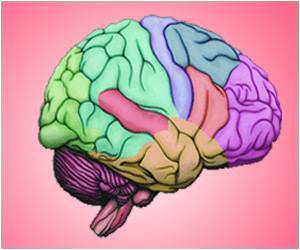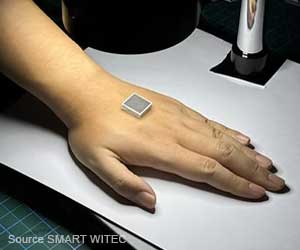With the help of these tiny implanted devices, doctors could theoretically deliver a drug to a specific brain region and activate that drug with light as needed.

With the help of these tiny implanted devices, doctors could theoretically deliver a drug to a specific brain region and activate that drug with light as needed. Bruchas added, "This approach potentially could deliver therapies that are much more targeted but have fewer side effects."
This technology was successfully demonstrated for the first time in mice. The research team showed that by delivering a drug to one side of the mouse's brain, they could stimulate neurons involved in movement which caused the animal to move in a circle. In other animals, shining a light directly onto the brain cells expressing a light-sensitive protein prompted the release of dopamine, a neurotransmitter that rewarded the mice by making them feel good. These mice then returned to the same location in a maze to seek another reward. But the investigators were able to interfere with that light-activated pursuit by remotely controlling the release of a drug that blocks the action of dopamine on its receptors.
This new device has been built with four chambers to carry drugs directly into the brain. By activating the brain cells with drugs and with light, the researchers are getting an unprecedented look at the inner workings of the brain. James Gnadt, program director at the National Institute of Neurological Disorders and Stroke at the National Institutes of Health (NIH), said, "This is the kind of revolutionary tool development that neuroscientists need to map out brain circuit activity."
The researchers believe that similar, more flexible devices could have applications in other areas of the body too, including peripheral organs.
Source-IANS
 MEDINDIA
MEDINDIA




 Email
Email








